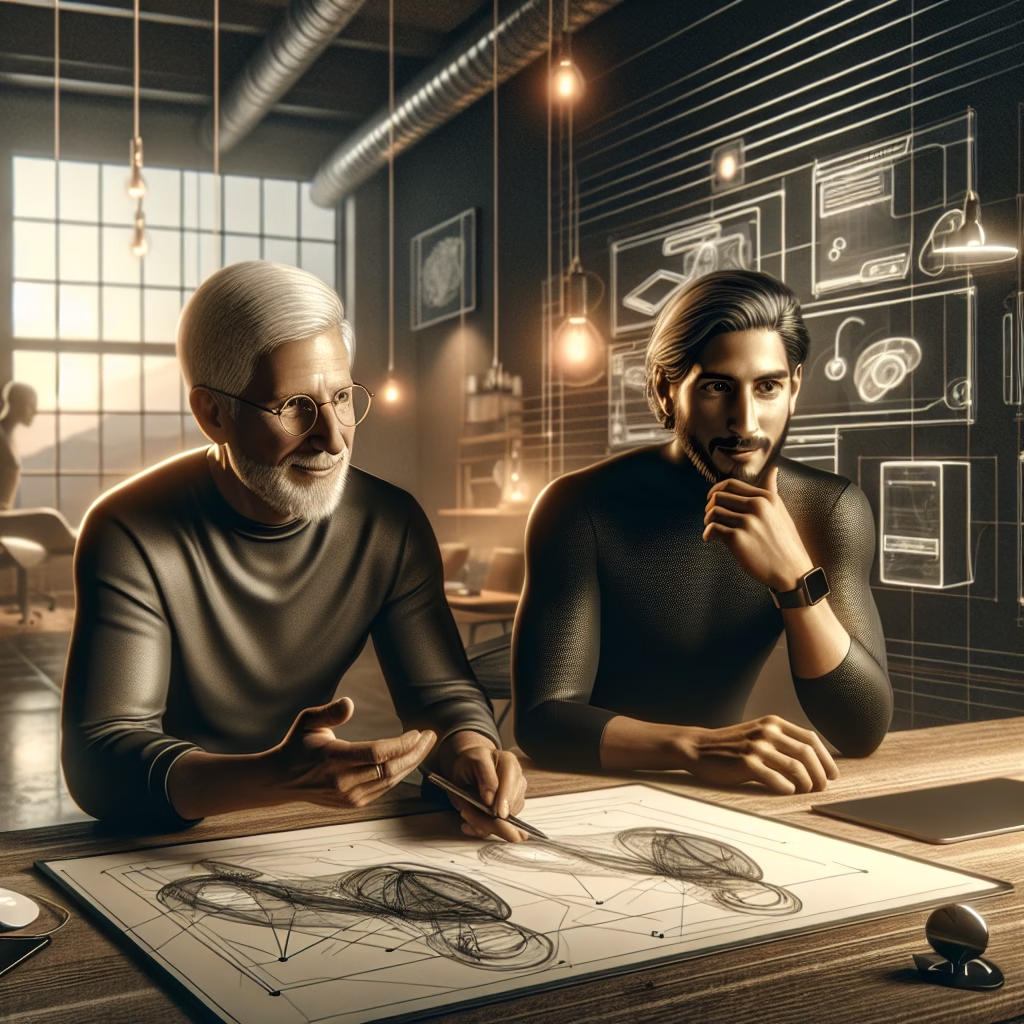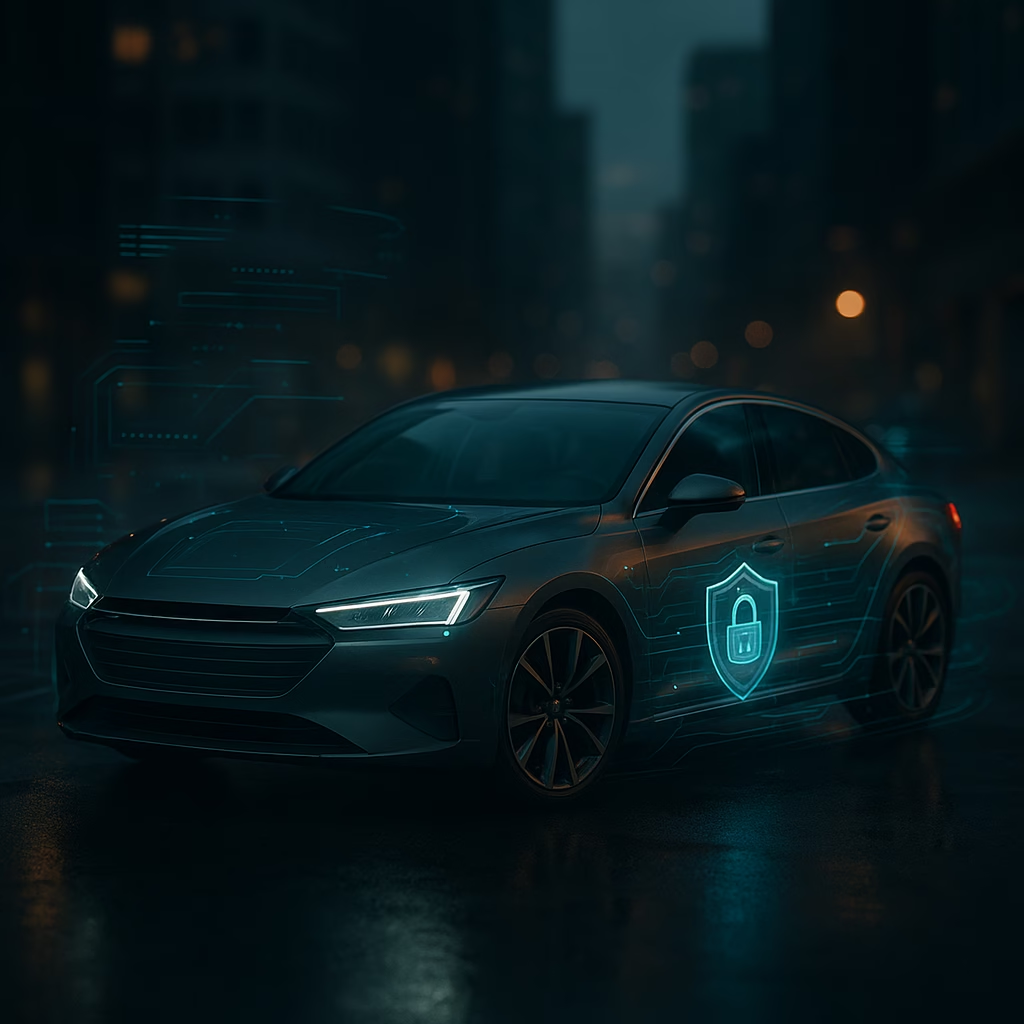The Key Lesson Steve Jobs Taught Jony Ive – and How It Shapes the Future of AI and Design
In the ever-evolving world of technology, few names carry the reverence that Jony Ive commands. Formerly the chief design officer at Apple, Ive is credited with shaping the iconic aesthetics of products like the iPhone, iMac, and MacBook. Now, as he collaborates with OpenAI on revolutionary design concepts for artificial intelligence hardware, Ive still draws from a powerful leadership principle that Steve Jobs once taught him—clarity of purpose.
This guiding lesson from Jobs not only empowered Apple’s design philosophy but is also influencing a new era of technology—where intuitive, human-centered AI could define the future. In this blog post, we dive deep into how Ive’s understanding of “nobility in purpose” is shaping modern innovation and what it means for the intersection of AI and design today.
How Steve Jobs Influenced Jony Ive’s Design Philosophy
During his tenure at Apple, Ive worked closely with the late Steve Jobs, forming one of the most legendary design duos in tech history. Jobs was not only a visionary CEO but also a master of product clarity. According to Ive, the most critical lesson Jobs taught him was the significance of having a clear, noble purpose behind every product—a principle that continues to influence his work over a decade later.
In a recent interview, Ive emphasized:
- “Steve’s genius was expressing profound ideas with magnificent simplicity.”
- “He believed that when a product has a clear purpose, everything else aligns around it.”
- “That clarity is the foundation for honest, creative, and meaningful work.”
This philosophy was the underpinning of Apple’s most successful products. Whether it was the minimalism of the iPod or the elegant curves of the iPhone, design wasn’t just about looks—it was about conveying a purpose and solving a real human need with elegance and simplicity.
Jony Ive’s New Chapter: Partnering with OpenAI
Today, Jony Ive is applying that same clarity of purpose in a new frontier: the design of consumer-facing AI. Ive recently entered a high-profile collaboration with OpenAI CEO Sam Altman to explore what the next generation of trusted, intuitive AI devices might look like.
Backed by over $1 billion in potential funding from key players like SoftBank, this new venture between Ive and OpenAI is not just a tech partnership—it’s a creative mission. Together, they’re asking revolutionary questions:
- How can AI devices serve people in a non-intrusive, empowering way?
- What does it mean to design an “honest” AI interface?
- How do we integrate purpose into AI at the product level?
Ive’s design studio, LoveFrom, is spearheading these efforts, blending aesthetics, ethics, and functionality in ways rarely seen in modern tech. The goal? A physical AI product that interacts with humans naturally, and more importantly, meaningfully.
The Importance of Purpose in Designing for AI
As AI rapidly evolves, the stakes for responsible design are higher than ever. For Ive, designing AI isn’t just about making something smart. It’s about making it desirable, ethical, and human-centric.
What “Nobility of Purpose” Means in AI Design
In Ive’s view, design should not be reactive or data-driven alone—it should seek to inspire. Jobs’ lesson of noble purpose becomes even more relevant today as we ask: What should AI do? What shouldn’t it do? And who does it serve?
This guides LoveFrom and OpenAI’s decisions around physical form, process transparency, and trust-building with users.
Lessons AI Startups Can Learn from Apple’s Playbook
Companies entering the AI space can learn immensely from how Jobs and Ive approached product design. Here’s how:
- Start with the “Why”: Before choosing features, define the intention behind the product.
- Design for Emotion: Great products do more than perform—they resonate.
- Build Trust Through Clarity: When users understand a product’s purpose, they are more likely to embrace it fully.
- Human-First, Not Tech-First: Approach functionality through the lens of human experience, not technical novelty.
Jony Ive’s Vision for the Future of Technology
While AI understandably gets attention for its power, the real magic lies in making that power invisible—seamlessly embedded in tools we love to use. Ive envisions a world where AI doesn’t overwhelm but rather enriches the human experience.
Echoing the Apple design ethos, Ive suggests that true innovation doesn’t scream; it whispers:
- “Technology must recede into the background and amplify what makes us human.”
- “We must be stewards, not just inventors, of the products we create.”
- “Design that serves is more important than design that dazzles.”
This vision is becoming a blueprint for those at the cutting edge of AI and consumer tech.
Conclusion: Designing With Purpose in a World of Rapid Innovation
Jony Ive’s career, from Apple’s sleek devices to the next AI interface revolution, is proof that purpose is a powerful design tool. Steve Jobs’ emphasis on “nobility of purpose” gave Ive a compass that continues to point him toward innovation that serves humanity. As AI becomes increasingly embedded in our daily lives, this lesson couldn’t be more timely—or more vital.
For anyone building in tech today, especially in AI, one truth remains clear:
Design without purpose is decoration. But design with purpose can change lives.
Key Takeaways:
- Steve Jobs taught Jony Ive that the best products start with a noble and clear purpose.
- Jony Ive’s collaboration with OpenAI aims to create human-first AI hardware guided by intentional, ethical design.
- A successful product isn’t just functional—it’s emotionally resonant and intuitively understood.
As we move forward in this AI-driven era, let’s embrace the same question that fueled Apple’s success: Why does this product deserve to exist?
< lang="en">







Leave a Reply